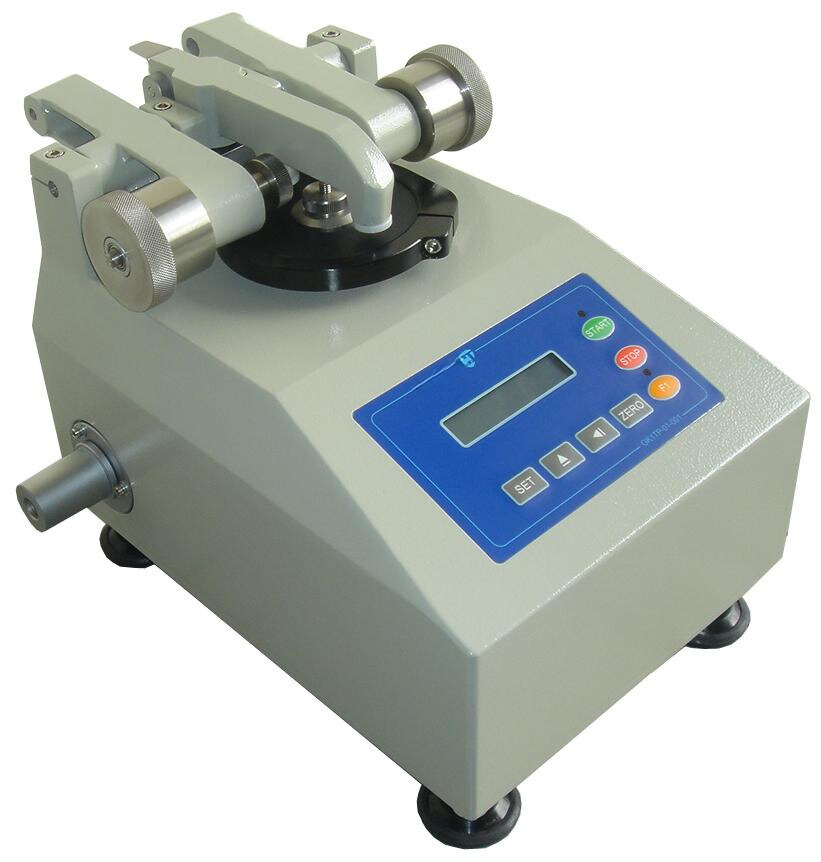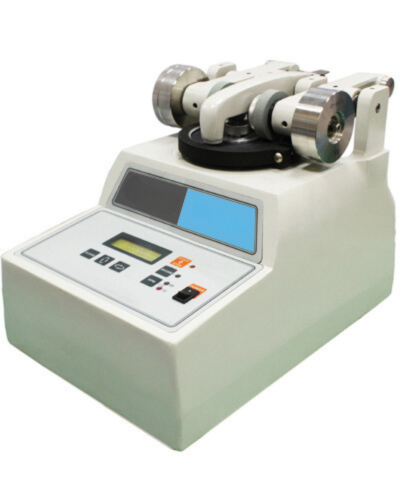Rotary Abrasion Testing As Per Standard ASTM D1044
Understanding Rotary Abrasion Testing According to ASTM D1044
Introduction
- Rotary abrasion testing is an essential procedure in assessing the durability of materials under conditions of wear and tear. This method, defined under ASTM D1044, provides a standardized approach to evaluating the abrasion resistance of materials, particularly plastics, coatings, and other surface layers. In this blog, we will explore what rotary abrasion testing entails, the significance of adhering to ASTM D1044, and how the results can impact material selection and product development.

What is ASTM D1044 Rotary Abrasion Testing?
ASTM D1044 outlines a test method designed to determine the resistance of materials to surface abrasion using a rotary platform. The test mimics real-world conditions where surfaces encounter friction and wear, thereby providing critical data on the material’s longevity and suitability for specific applications. By rotating a sample under an abrasive load, the test method measures the wear resistance of the material in a controlled and repeatable manner.
Why is Rotary Abrasion Testing Important?
Rotary abrasion testing is crucial for several reasons:
- Material Performance: It helps manufacturers understand how well a material can withstand wear and tear over time, which is critical for products exposed to frequent contact or abrasive environments.
- Quality Assurance: Ensures that materials meet specific durability standards, maintaining consistent product quality and performance.
- Comparative Analysis: Allows for the comparison of different materials or coatings, facilitating informed decisions in material selection and engineering design.
The Rotary Abrasion Testing Apparatus
The ASTM D1044 test utilizes a Taber Abraser, a device specifically designed for abrasion testing. The main components include:
- Rotating Platform: Holds the test specimen and rotates it at a controlled speed.
- Abrasive Wheels: Two wheels apply a controlled amount of abrasion to the material’s surface.
- Weights: Standard weights apply a specific load to the abrasive wheels, which in turn applies pressure to the specimen.
How is the Test Conducted?
- Specimen Preparation: A test specimen is typically prepared in a circular shape, about 100 mm in diameter, and with a thickness not exceeding 12.5 mm. The surface of the specimen must be clean, free from any dirt, grease, or loose particles.
- Mounting the Specimen: The prepared specimen is mounted on the Taber Abraser’s rotating platform. It is essential to ensure that the specimen is flat and securely held in place.
- Selecting Abrasive Wheels: Different types of abrasive wheels, such as CS-10 or H-18, can be used depending on the material being tested. The selection of the wheel type affects the abrasion rate and should align with the ASTM D1044 guidelines.
- Setting the Load: A specified load, typically 500g or 1000g, is applied to the abrasive wheels. This load determines the pressure applied to the specimen surface during the test.
- Testing Procedure: The platform rotates at 70 revolutions per minute (RPM), with tests usually running for 500 or 1000 cycles. The rotational motion combined with the applied load simulates the wear conditions.
- Measuring Results: After the test, the wear is evaluated by measuring the weight loss of the specimen, expressed in milligrams (mg). A smaller weight loss indicates better abrasion resistance.
Interpreting the Results
The results from rotary abrasion testing provide valuable insights into the material’s resistance to wear:
- Lower Weight Loss: Indicates higher abrasion resistance, suggesting the material is more durable and suitable for applications where abrasion is a concern.
- Higher Weight Loss: Suggests lower abrasion resistance, which may indicate that the material could wear out faster under similar conditions.
These findings are crucial for manufacturers and engineers in selecting materials for products that need to endure harsh or abrasive environments. The data can lead to the development of more durable products or the enhancement of existing materials.
Applications of Rotary Abrasion Testing
Rotary abrasion testing is widely used across various industries, including:
- Automotive: To test the durability of interior and exterior parts, such as dashboards, seat covers, and paints.
- Consumer Electronics: To assess the wear resistance of protective coatings and housings.
- Textiles and Footwear: To evaluate the abrasion resistance of fabrics and shoe soles.
- Construction: For testing flooring materials and protective coatings that must withstand heavy foot traffic.

Conclusion
- ASTM D1044 rotary abrasion testing is a vital method for determining the wear resistance of materials. By providing a standardized approach to testing, it ensures that materials can be reliably evaluated for durability and longevity. For manufacturers, adhering to this standard is not just about compliance; it’s about ensuring product quality and performance in real-world conditions. Whether in the automotive, consumer electronics, textiles, or construction industries, understanding and utilizing rotary abrasion testing can significantly impact the development of robust, long-lasting products.
